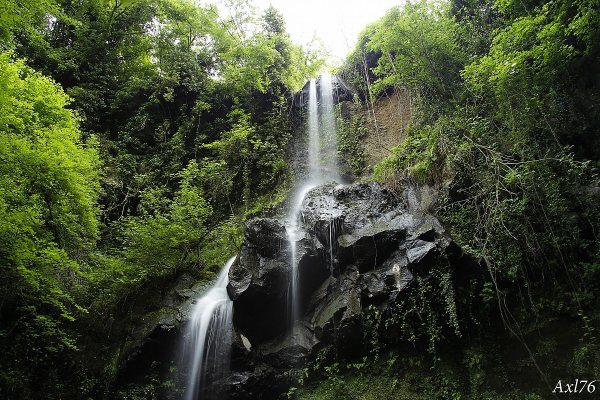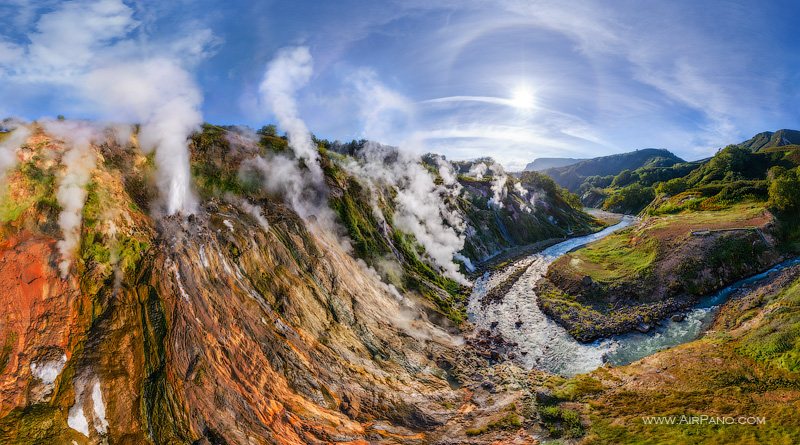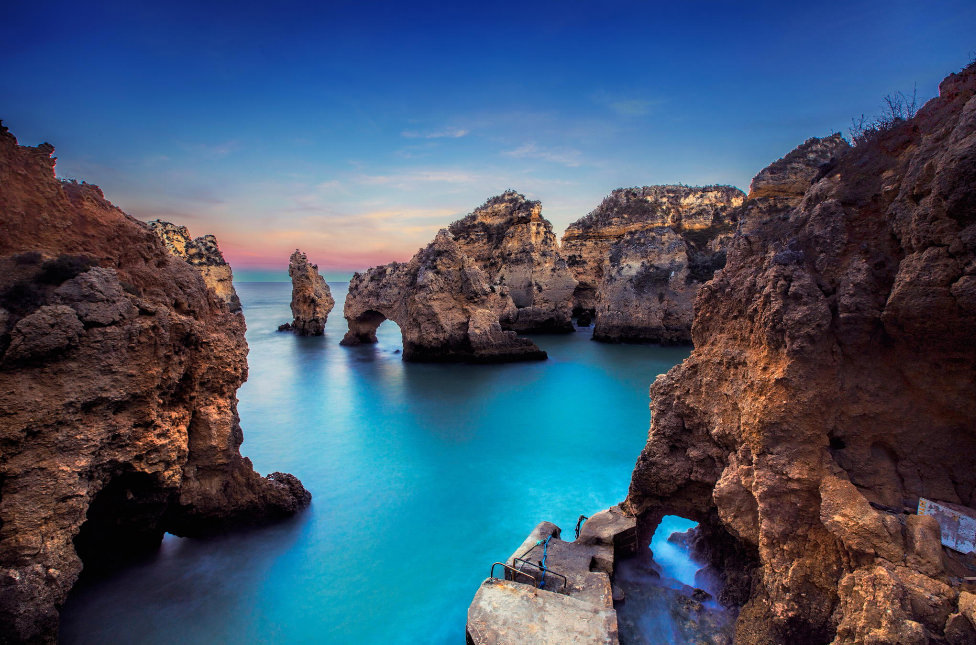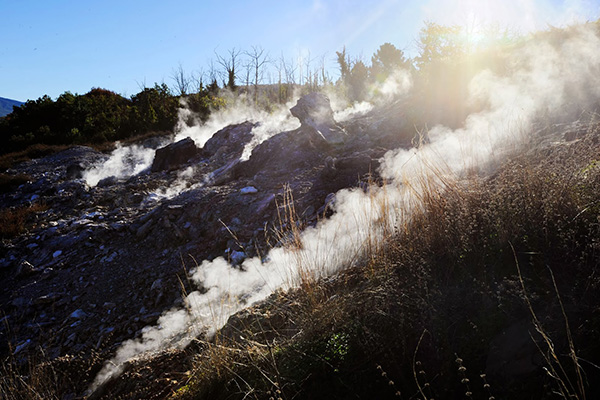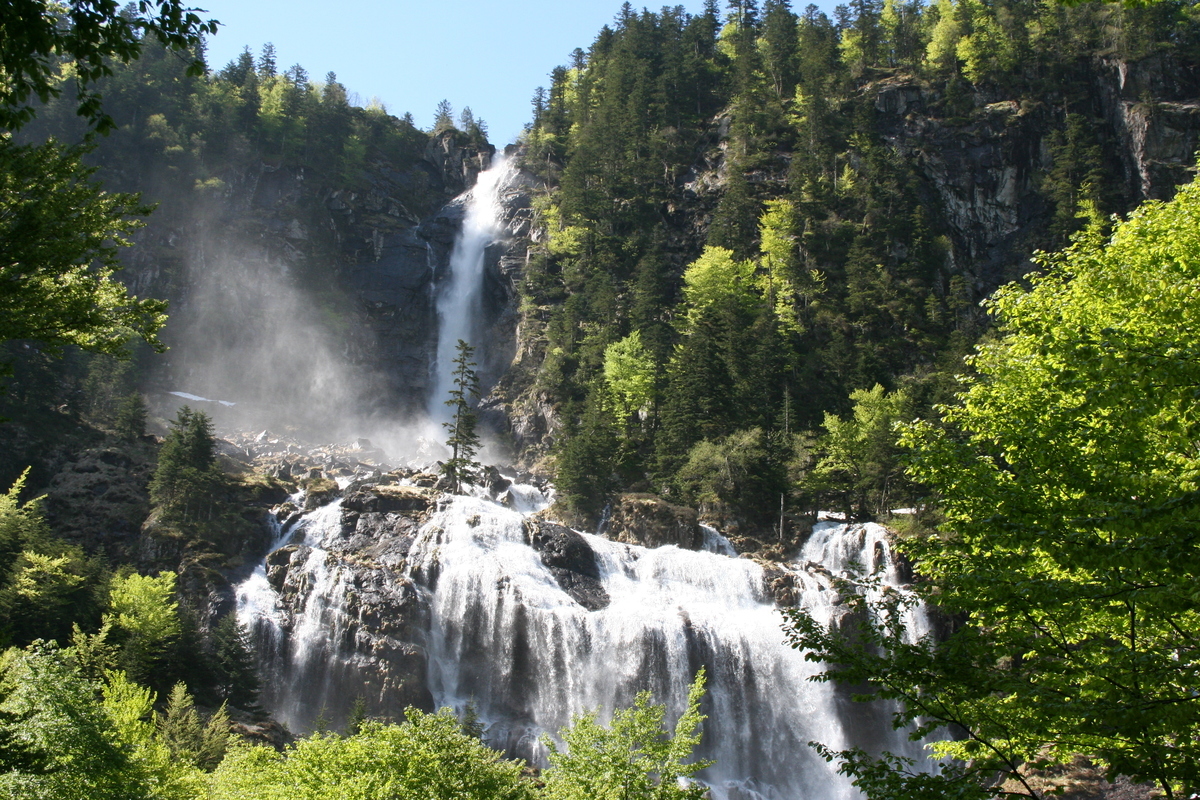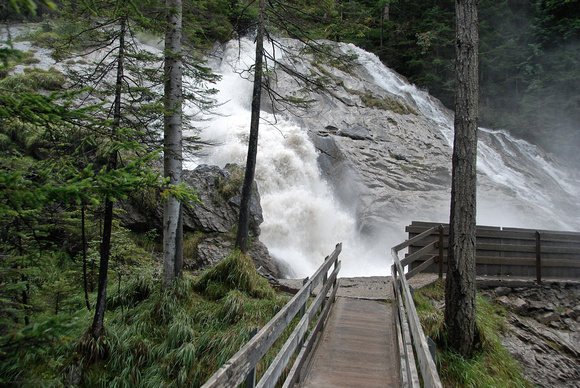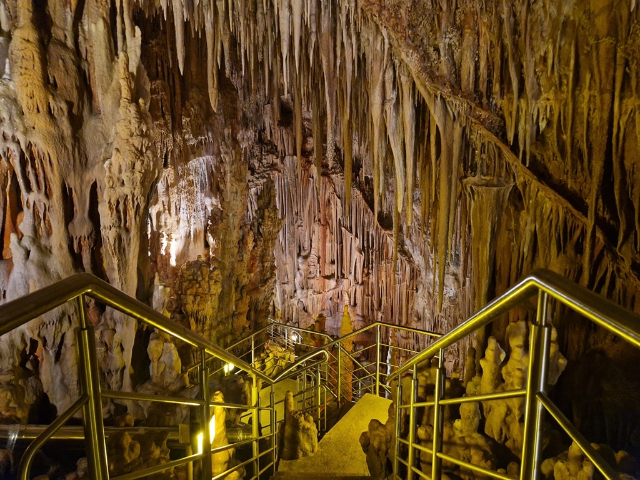Prehistory.
History of Conca della Campania – Collegiate Clock. An agricultural center located on the northeastern slope of the ancient extinct volcano of Roccamonfina, Conca della Campania stretches over a hilly ridge incised by the Publìco River, a tributary of the Volturno. The location of the site, of great importance for the control of penetration routes from Latium to Campania, had led to the assumption of human presence in the area since the Chalcolithic (Copper Age, about 5,000 years ago); in fact, artifacts from that period were later found in the area. In 2003, what brought about a breakthrough in the studies of human settlements in the vast area of the Roccamonfina volcanic complex was the discovery in the nearby municipality of Tora and Piccilli of the oldest footprints of the genus Homo ever found: the legendary Devil’s Ciampate. The "ciampate" are actually footprints of Homo heidelbergensis and date back 350,000 years.
From the pre-Roman peoples to the Benedictines.
According to ancient Greek historians, the first inhabitants of the present territory of Conca della Campania were the Ausoni, from whom the Aurunci, collected in Pagi and Vici, derived in historical times. Later the Sidicini lineage of Teano replaced that of the Aurunci, and, after the Samnite wars, there was final subjection to Roman power. From this period are the findings of wall structures relating perhaps to a rustic settlement in the locality of San Domenico. The village probably took its name from the location in which it arose. An ancient possession of the Abbey of Montecassino, it was founded by the same monks who, after the storm of the barbarian invasions, reclaimed the uncultivated and wild lands and built farmhouses and villages (and probably the superb manor house with cyclopean walls known by the name of Castel Pilano and later the other, known as Castrum Conchae, which still exists).
Hercyperto’s homeland, the Angevins, the Aragonese and the principality.
Of the early medieval period, which was particularly troubled for the whole of southern Italy, almost the only witness is Erchemperto da Castel Pilano, the most illustrious son of Conca, who with his Historiola Langobardorum Beneventi degentium Erchemperti recounts the decline of the glorious people of Longobardia Minor, reporting, among others, the vicissitudes of the duchy of Capua, with the dependent county of Teano, in whose jurisdiction the Castrum Pilanum fell. This border fortress between the Lombard duchies and the possessions of Monte Cassino was attacked and treacherously taken on September 9, 881, as Erchempertus himself relates, by the Count of Capua Pandonulf with the help of the Neapolitans. Conca della Campania also suffered the fate that befell Montecassino and was under Saracen iron in 884. Of Benedictine foundation, as mentioned, the ancient village was in the 10th century ceded to the count of Teano, but in the following century the abbot Atenolfo demanded its return. In 1049 the lords of Castrum Conchae did not suffer the fate of the nobles of Castel Pilano, victoriously opposing the Lombard Princes of Capua. In 1066 the estate was ceded to Richard I, Count of Aversa.
In 1269, under Charles I of Anjou, Conca della Campania was part of the County of Teano. In the mid-15th century, under the reign of the Aragonese, it became a fief of the Marzano family, but because they held a hostile attitude toward Ferrante, the king took the fief away from them and at first acquired it to the crown’s property, then assigned it in 1467 to the di Capua family, who in 1481 obtained the title of princes.
From the Di Capua to the Invitti, to the present day.
Toward the end of the 18th century the di Capua family was succeeded by the Invitti, who for more than a century and a half were the undisputed lords of Conca della Campania. Conca (the addition "of Campania" occurred after the Unification of Italy, by decree of 9-11-1862) was one of the municipalities most devastated by the 1941-1945 war; it suffered numerous human losses, destruction of buildings imposing in size and beauty, such as the historic Galdieri Bartoli palace; minefields caused harrowing episodes and many innocent victims. The town suffered considerable damage from the earthquake of May 7 and 11, 1984. The historic center was devastated, with the demolition of numerous buildings; this resulted in an unhealable wound to the local historical and artistic heritage
The coat of arms of Conca della Campania depicts four towers each placed in a quadrant; these are colored red and blue, surmounted by golden shields and encircled by laurel wreaths. They indicate the Castrum Conchae (blue field) and the Castrum Pilanum (red field), the former closed to recall that unsuccessfully the Lombards of Capua tried to take it in 1049; the latter open for the fact that in the year 881 Pandonolfo succeeded in conquering it.
